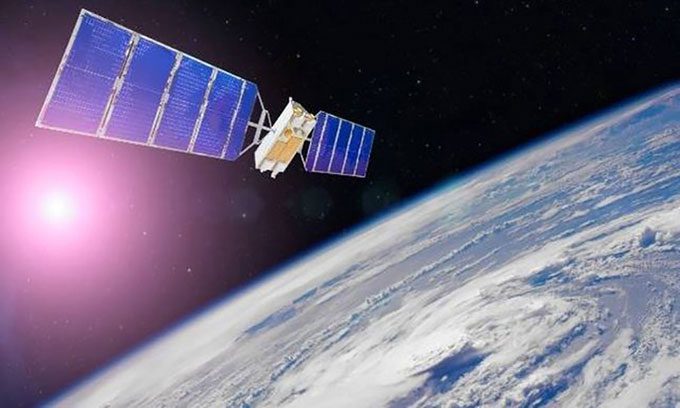A powerful telescope set to launch into space this fall will begin a four-year mission to capture images of the Sun during its peak activity phase.
Scheduled for launch on October 20, the probe named ASO-S will be launched from the Jiuquan Satellite Launch Center in the Gobi Desert. The spacecraft will join a fleet of solar observation telescopes that includes NASA’s Parker Solar Probe and the European Space Agency’s Solar Orbiter. ASO-S will closely monitor the Sun as it approaches its solar maximum, a period of heightened solar activity predicted to peak in 2025.
This Chinese telescope is equipped with state-of-the-art instruments to conduct observations that would be impossible from any other platform. From an altitude of 720 kilometers above Earth, ASO-S will be the first telescope capable of simultaneously tracking two of the most intense solar phenomena: solar flares and coronal mass ejections, as well as the Sun’s magnetic field. This will enhance our understanding of the relationship between these phenomena and how they drive chaotic space weather, leading to disruptions in power grids and internet services on Earth.
A solar flare is a burst of intense light, while a coronal mass ejection releases clouds of charged particles known as plasma. Researchers believe both phenomena are caused by the Sun’s turbulent magnetic field. The Sun has been more active since the current cycle began in December 2019. During the solar maximum, solar flares can occur multiple times each day, with some being as powerful as one billion hydrogen bombs, according to NASA.
The primary scientific objective of ASO-S is to observe the Sun’s magnetic field and the two main eruptive phenomena on the star’s surface, including solar flares and coronal mass ejections (CMEs).
Upon entering orbit, the probe will deploy three payloads: FMG Magnetograph, Hard X-ray Imager, and Lyman-alpha Solar Telescope.

The ASO-S will monitor the Sun for at least 4 years. (Photo: WIC News).
To date, the Sun is the only fixed star that can be studied in detail. As most of its radiation is blocked by Earth’s atmosphere, astronomers must send probes into space to get a complete picture of the Sun.
The Sun is currently in its 25th solar cycle, and it is estimated that it will reach peak radiation by 2025. Solar probes can help collect detailed records of the star’s activity during this period, said researcher Gan Weiqun from the China National Space Administration.
Since the 1960s, over 70 missions have been launched into space to study the Sun. Chinese scientists have developed remote solar sensing equipment and placed it on various satellites, but ASO-S will be the first large-scale instrument dedicated to studying the star. Weighing 888 kg, the telescope will carry instruments to observe the magnetic field, solar flares, and coronal mass ejections. The instruments are designed to work together, observing at high resolution.
According to the research team, data from ASO-S will be shared with the global scientific community. Last October, China launched a small test satellite named the Chinese Hydrogen-Alpha Solar Explorer (CHASE) to study solar flares and serve as a precursor to ASO-S.





















































